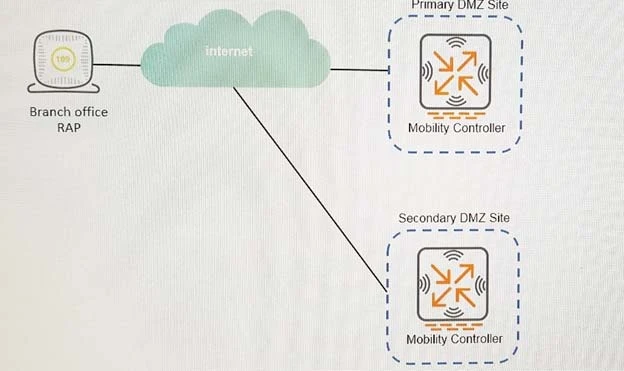Scalable WLAN Design and Implementation (SWDI) 8
Here you have the best HP HPE6-A44 practice exam questions
- You have 67 total questions to study from
- Each page has 5 questions, making a total of 14 pages
- You can navigate through the pages using the buttons at the bottom
- This questions were last updated on December 15, 2025
- This site is not affiliated with or endorsed by HP.
